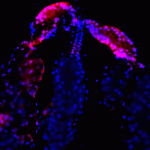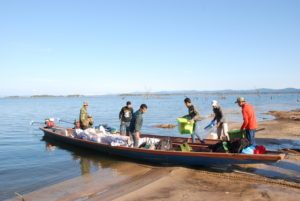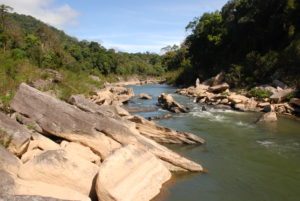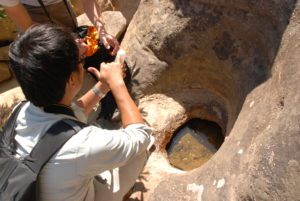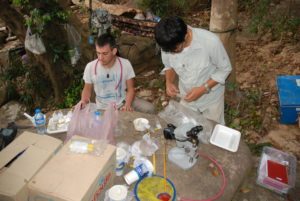Présentation
Several emerging arthropod-borne viruses (arboviruses) such as dengue, yellow fever, chikungunya and Zika viruses originate from sylvatic transmission cycles where they are transmitted among non-human primates by arboreal mosquitoes. Initial virus spillover from the sylvatic cycle to the human population is a critical, but poorly documented step underlying arbovirus emergence. Equally important, and even less characterized, is the risk of ‘spillback’ from an established human transmission cycle to the sylvatic environment, as was documented for yellow fever virus in South America. Once entrenched, a newly established sylvatic cycle would be impossible to eradicate. In this project, we will characterize the interface of human/sylvatic interface of arbovirus transmission cycles in rural Laos. Specifically, the project will identify mosquito species that can act as ‘bridge vectors’, i.e., are competent mosquito species with host preferences for both humans and non-human primates. The project will take advantage of preliminary data from a GEIS-funded mosquito survey in Nakai District, Khammuane Province, in the Nakai National Biodiversity Conservation Area where novel Aedes species to Laos were observed and could possibly play the role as bridge vectors. About 10,000 humans reside in and around this area bordering and within the primary forest of the Annamite Range. This area is ideal for the proposed investigation because it consists of dry evergreen forests, cloud forests and mountainous riverbeds that are the homes of various mosquito species and monkeys with occasional incursions of humans.
